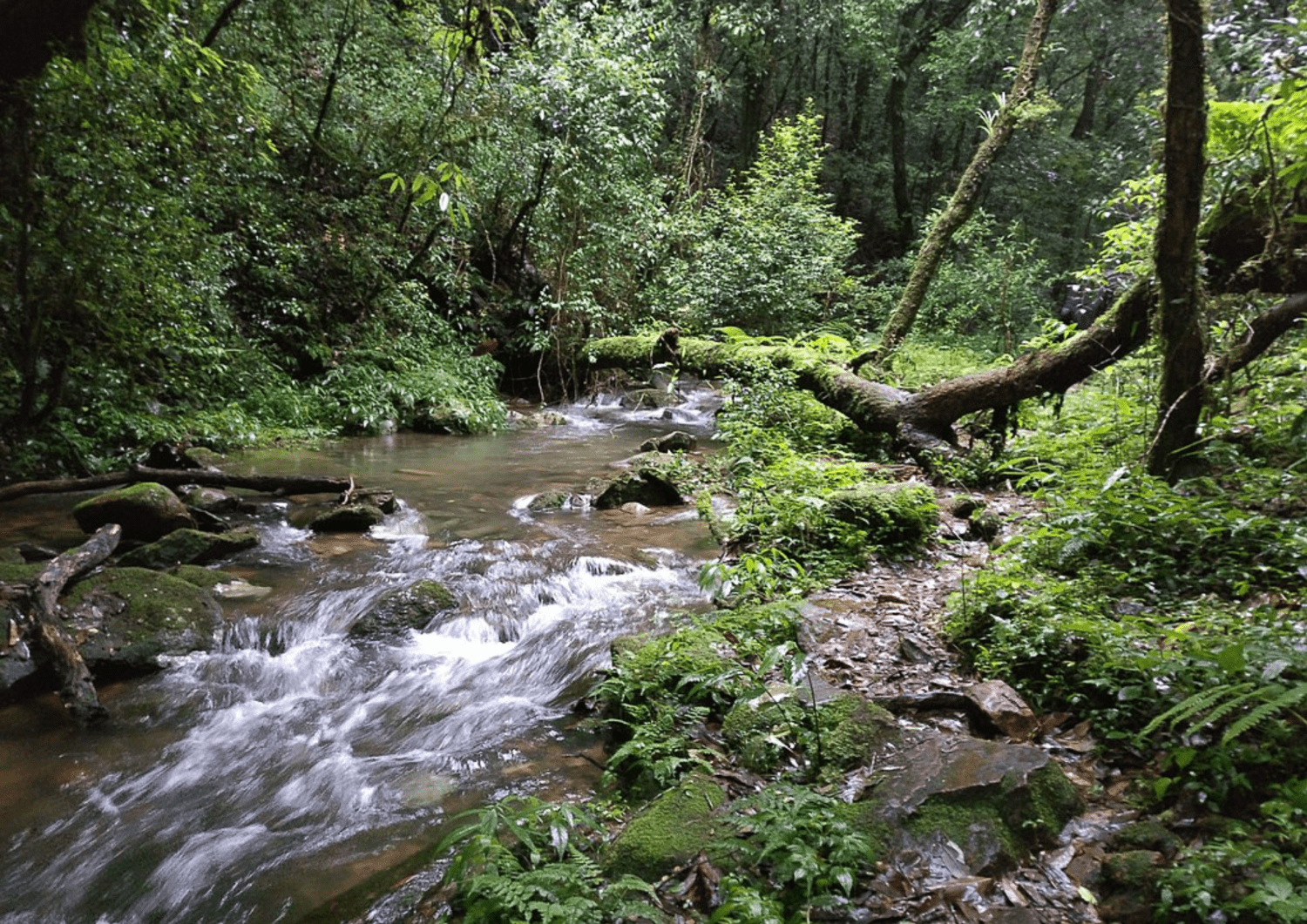In the heart of one of India’s ancient and most highly esteemed sacred forests, individuals from indigenous communities have joined forces with Christians to advocate for the preservation of what they consider to be priceless and holy woodland areas.
Named after the village where it is located—Mawphlang—the forest lies in the lush Khasi Hills in the northeastern Indian state of Meghalaya, not far from India’s border with China. Known variously as “Nature’s Museum” and “abode of clouds,” Mawphlang means “moss-covered stone” in the local Khasi language and is probably the most famous of the 125 sacred forests in the state.
Believed to be the abode of a native deity that protects village inhabitants from harm, Mawphlang is a dense, biodiverse 193-acre mecca for medicinal plants, mushrooms, birds and insects. For centuries, individuals have visited sacred groves such as Mawphlang to pray and perform animal sacrifices to the deities they believe inhabit these spaces. Any act of desecration is strictly forbidden; even the simple act of picking a flower or leaf is prohibited in most forests.
“Here, communication between man and God takes place,” Tambor Lyngdoh, a member of the ancestral lineage of the local priestly clan that consecrated the Mawphlang forest, told the Associated Press in a January 17 feature story. “Our forefathers set aside these groves and forests to signify the harmony between man and nature.”
But lately, climate change, pollution and deforestation have taken their toll on sacred forests such as Mawphlang. The indigenous population’s conversion to Christianity, initiated during the 19th century under British colonial rule, has also had an impact on the local eco-culture.
According to H.H. Morhmen, an environmentalist and retired Unitarian minister, those who converted to Christianity lost their spiritual ties to the forests and traditional beliefs. “They viewed their new religion as the light and these rituals as darkness, as pagan or even evil,” the AP article quoted Mohrmen as saying.
Over the past few years, environmentalists collaborating with indigenous and Christian communities, along with government agencies, have played a crucial role in disseminating information about the importance of caring for the forests. The ecosystems are deemed invaluable for the region’s ecological balance and biodiversity.
“We’re now finding that even in places where people have converted to Christianity, they are taking care of the forests,” Mohrmen said.
Jaintia Hills, an area of some 500 households, is a typical example. According to Heimonmi Shylla, the region’s headman, who is also a deacon, nearly every resident is Presbyterian, Catholic or a member of the Church of God.
“I don’t consider the forest holy,” he told the AP. “But I have great reverence for it.”
Another Christian resident of Jaintia Hills, Petros Pyrtuh, regularly ventures into a sacred forest near his village along with his 6-year-old son in the hope of inculcating in him a sense of reverence and respect for the woodlands. “In our generation, we don’t believe it is the dwelling place of the gods,” Pyrtuh said. “But we continue with the tradition of protecting the forest because our ancestors have told us not to defile the forest.”












